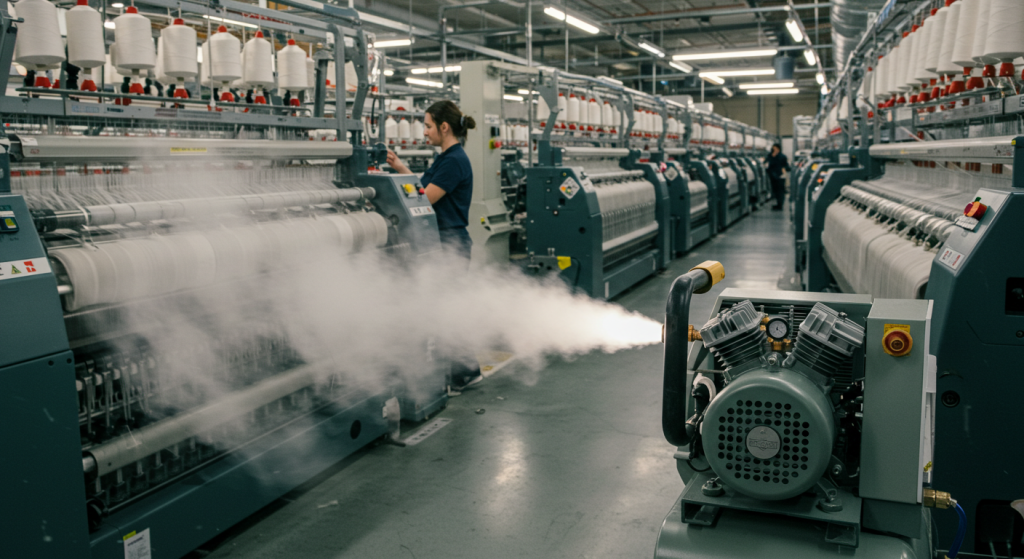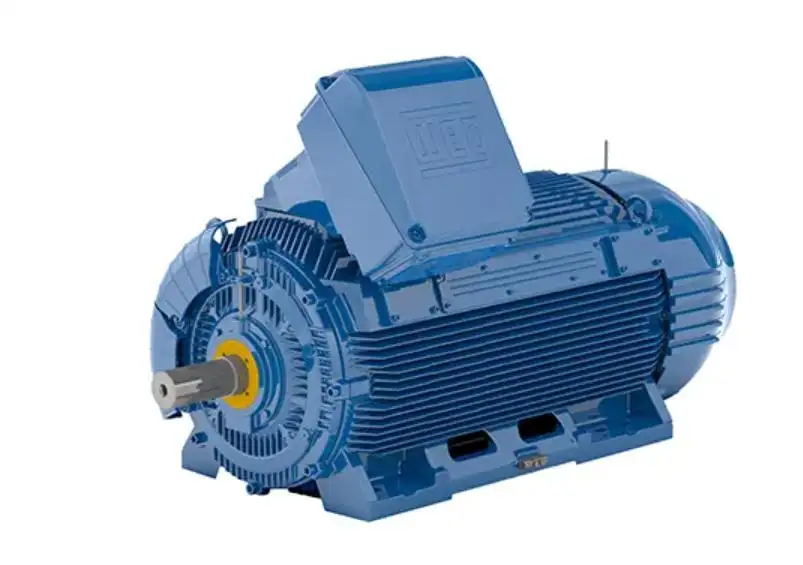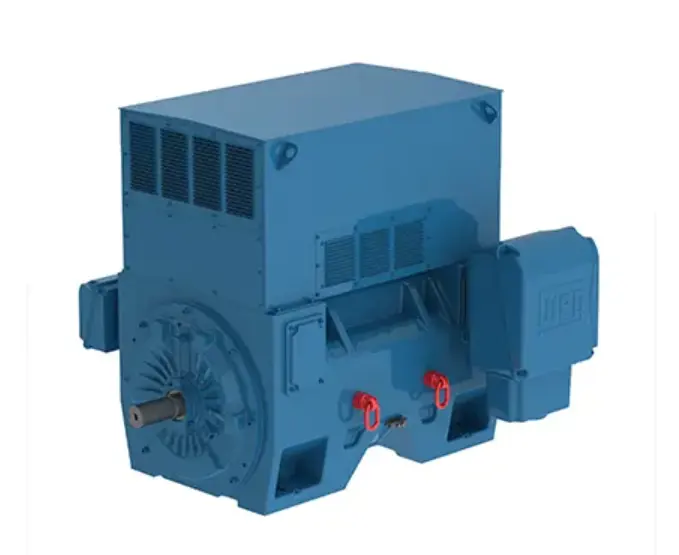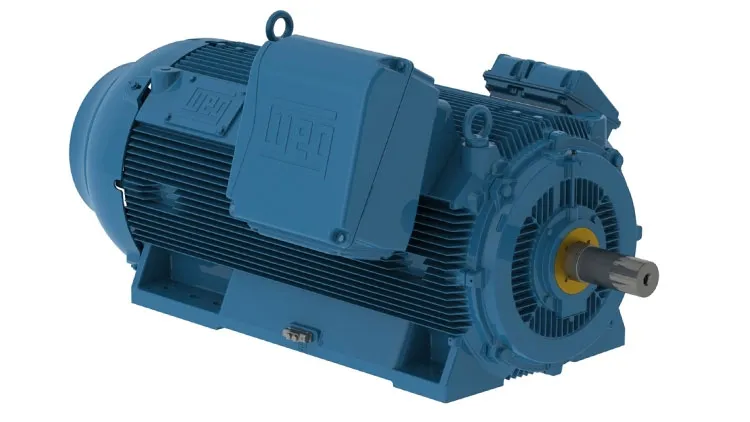Overview
Compressed air is the silent partner in many factories, and its quality can make-or-break production lines. When that air carries moisture, it can rust tools, wear out machines, and spoil the very goods you sell. Enter the regenerative desiccant air dryer sturdy workhorse that pulls out water vapor and keeps every drop of air bone-dry. But What is the Regenerative Desiccant Air Dryer? How does it work? More importantly, why should you care for your compressor network? Read on as we break down the basics in plain language anyone can use.
What is a Regenerative Desiccant Air Dryer?
A regenerative desiccant air dryer employs solid drying agents-such as silica gel, activated alumina, or molecular sieves-to grab moisture by adsorption. These units suit jobs that demand very low pressure dew points, often down to -40 °C or even -70 °C. Unlike refrigerated dryers, which chill and drain liquid, desiccant models hold water inside the media and then heat it out, letting the same bed cycle again and again.
Core Components of a Regenerative Desiccant Dryer
Knowing the key parts helps you see how the dryer keeps air dry day after day. The main pieces are:
- Twin Towers (Adsorption Tower and Regeneration Tower)
- Desiccant Media (Silica Gel, Activated Alumina, or Molecular Sieves)
- Purge Air System
- Switching Valves
- Pressure Dew Point Sensors
- Automated PLC Control System
Together, these components work in harmony to deliver consistently dry air while automatically refreshing the desiccant for future use.
How Does a Regenerative Desiccant Dryer Work?
What is the Regenerative Desiccant Air Dryer? How does it work? It can be explained in give below:
1. Adsorption Phase (Drying Phase)
- Moist air enters the first chamber, called the adsorption tower.
- The desiccant inside that chamber grabs the water vapor from the incoming air.
- Dry, treated air then flows out and is sent to machines or storage.
This step provides the clean, dry compressed air needed to keep tools and processes running smoothly.
2. Regeneration Phase (Desorption Phase)
While Tower A dries the air, Tower B gets its turn to clean the desiccant:
- A small portion of the already dry air, called purge air, is diverted to Tower B.
- That warm purge air strips away the moisture the desiccant had collected.
- The humid purge air is then safely released through the exhaust vent.
By switching between towers, the system keeps producing dry air without interruption.
The two towers swap duties every few minutes, so dried air flows nonstop.

Pressure Dew Point (PDP)-Why You Should Care
Pressure Dew Point is the temperature at which water vapor starts turning into liquid at a set pressure. Some regenerative desiccant dryers reach PDPs around -70 °C. At that level, the air is bone dry, perfect for:
-Electronic
-Pharmaceuticals
-Paint booths
-Medical-device assembly
Why Choose a Regenerative Desiccant Dryer?
Here are the big reasons thousands of factories and shops rely on these units:
Clean, Dry Compressed Air
Keeps water from hurting tools, machines, or finished goods.
Corrosion Prevention
Stops rust from forming inside pipes, tanks, and actuators.
Energy Efficiency
Especially with Heat of Compression and blower-purge models.
Low Maintenance
Few moving parts and a desiccant that lasts longer.
Consistent Air Quality
Meets ISO 8573-1 Class 1-2 air specs.
Where Regenerative Desiccant Dryers are Used
Regenerative desiccant dryers are critical where absolutely dry air must be guaranteed:
Pharma plants: keep every batch free from germs.
Food and drink lines: seal packages without extra moisture.
Electronics rooms: shield tiny parts from rust.
Auto shops: give paint a smooth finish and keep dies sharp.
Chemical units: stop unwanted reactions before they start.
Textile mills: avoid blisters and off-color dye spots.
Air Flow Path in a Twin-Tower Dryer
Curious how air travels through a twin-tower desiccant dryer? Watch the steps:
1. Humid shop air slides into Tower A, the drying chamber.
2. The desiccant inside grabs the moisture.
3. Now-dry air exits and feeds the production line.
4. A tiny stream of that dry air loops back into Tower B.
5. In Tower B, trapped moisture is released and sent out.
6. Towers swap roles roughly every 10 minutes.
Energy-Saving Tips
You can squeeze extra efficiency from any regenerative dryer. Try these moves:
* Use dew-point control so units regenerate only when needed. Smart sensors cut runs that waste air and power.
* Pick zero-purge or blower-purge models. They banish compressed-air loss, trimming bills in steady-service plants.
* Schedule regular maintenance to clear filters and prevent costly clogs. Clean airflow keeps every step working at peak.
Maintenance Guide
Taking care of your regenerative desiccant dryer keeps it running well, extends its life, and cuts costs. Use these simple tips:
- Replace the desiccant every 2 to 5 years, depending on how much you run the unit. The material slowly stops pulling moisture. Swapping it on schedule keeps drying power steady
- Dust, oil, and grime choke airflow, making the dryer work harder. Look over the valves for leaks or blockages. Faulty valves can mess up the switching between towers, leaving air either wet or poorly recycled.
- Regular checks keep the system reacting properly and avoid guesswork. Steady pressure-dew-point numbers protect tools and equipment from corrosion and failures.
Less maintenance means less downtime, and that keeps your shop running smoothly and profitably.
Conclusion:
When you need super-dry, spotless compressed air, a regenerative desiccant dryer is hard to beat. It guards your machines, boosts product quality, and keeps your line running trouble-free. Pick a heatless, heated, or blower-purge model, and you’ll find one that matches both your needs and your wallet. Spend wisely, stay dry, and run your plant with confidence. VIBRANT, a leading manufacturer and exporter in the field of air compression technology, takes pride in its proficiency in the design, development, and manufacturing of high-quality air compressors.









